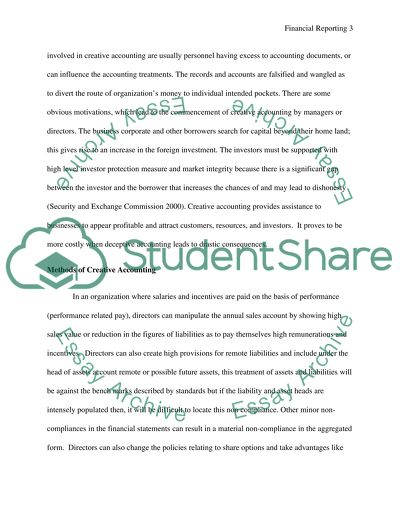Cite this document
(“Advanced Financial Reporting - Prevalence of Creative Accounting Essay”, n.d.)
Retrieved from https://studentshare.org/finance-accounting/1395950-the-module-name-is-advanced-financial-reporting
Retrieved from https://studentshare.org/finance-accounting/1395950-the-module-name-is-advanced-financial-reporting
(Advanced Financial Reporting - Prevalence of Creative Accounting Essay)
https://studentshare.org/finance-accounting/1395950-the-module-name-is-advanced-financial-reporting.
https://studentshare.org/finance-accounting/1395950-the-module-name-is-advanced-financial-reporting.
“Advanced Financial Reporting - Prevalence of Creative Accounting Essay”, n.d. https://studentshare.org/finance-accounting/1395950-the-module-name-is-advanced-financial-reporting.


